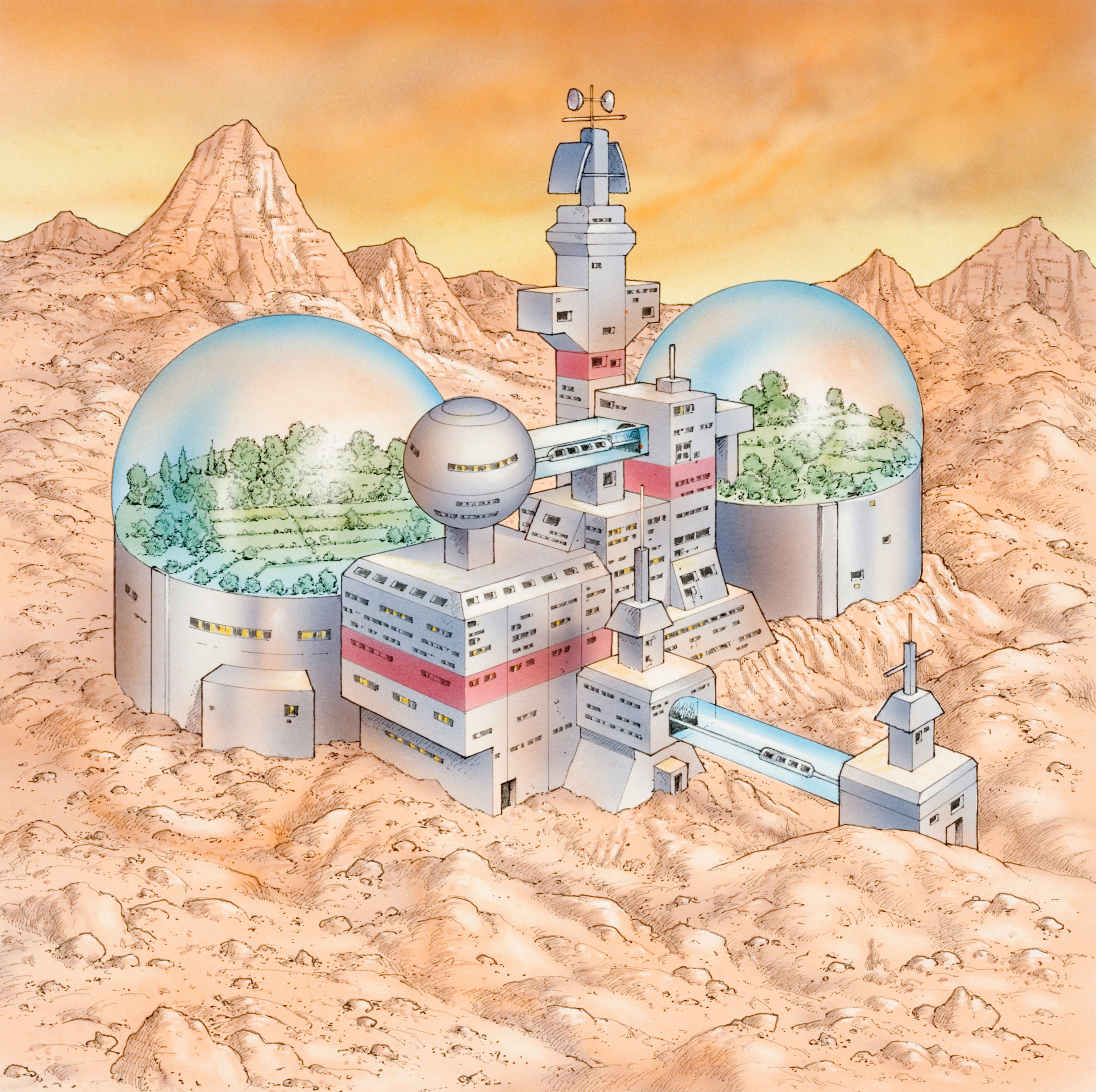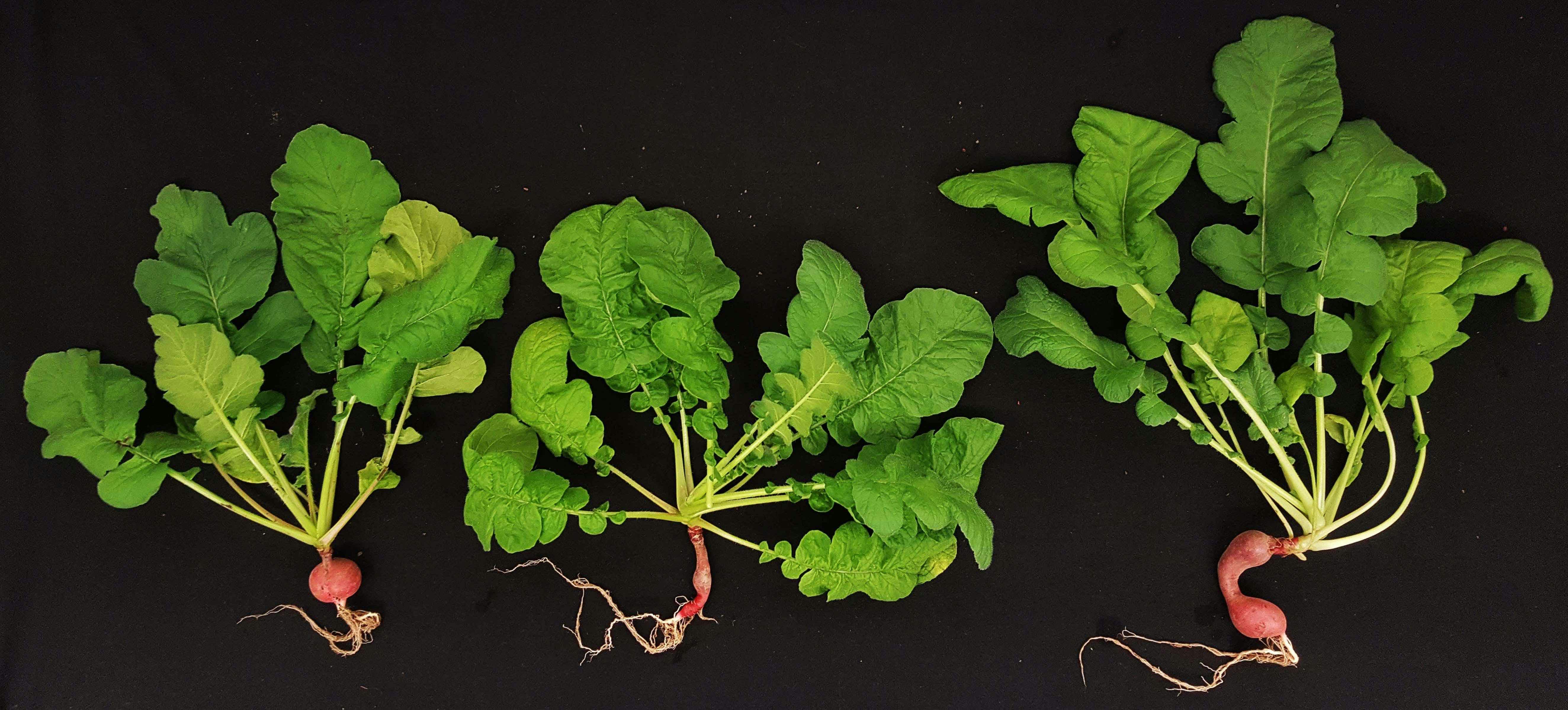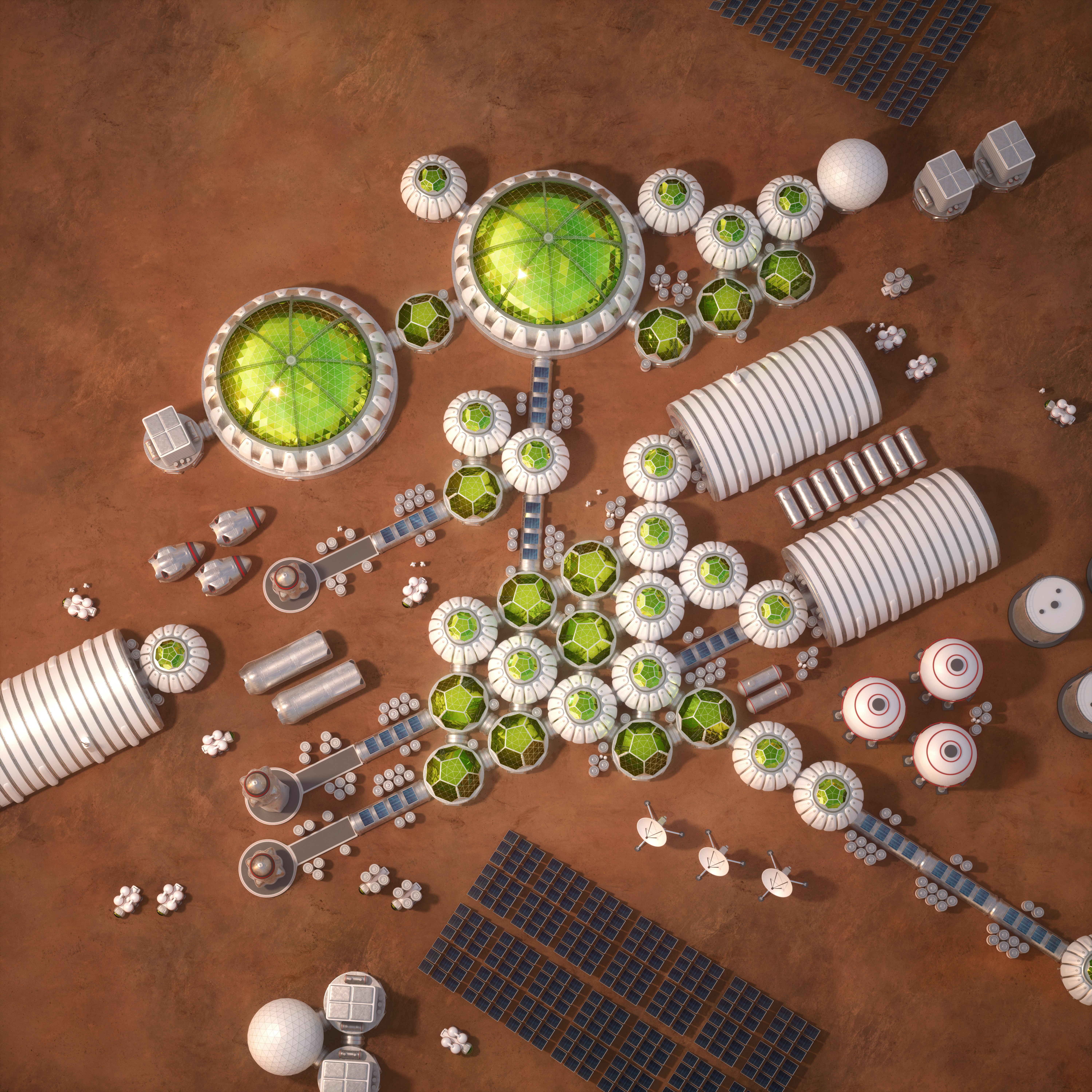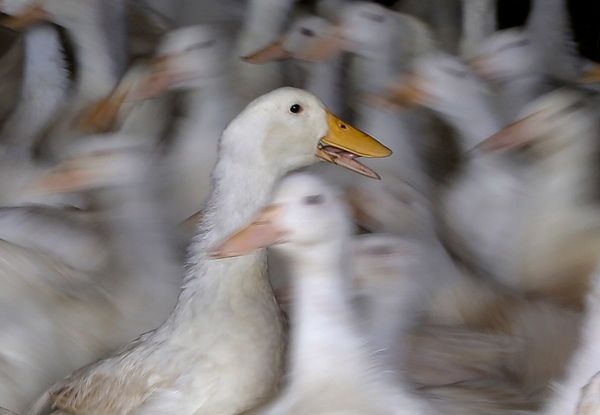
When (and if) people finally step foot on Mars, they probably won’t be the only living things landing on Earth’s dusty neighbor. For any extended stay, astronauts will need to bring some food — which will surely include plants. Because Mars poses a harsh environment for people, it would likely be just as brutal for our flora.
But there might be some hope for green on the Red Planet. Scientists at Iowa State University have successfully removed salt from water with Marslike qualities and found a possible way to help plants flourish in the planet’s tough and nutrient-poor terrain, as reported in a new paper published in the journal PLOS ONE.
The team, which was organized by undergraduate researcher Pooja Kasiviswanathan, accomplished this futuristic feat using only seeds, tiny organisms called cyanobacteria, and the resources that would be available on Mars. They ultimately created a circular farming process. Elon Musk may have some hope for his “self-sustaining” Martian city, after all.
“Once you grow something, it itself can then be a fertilizer for other plants that don’t have everything they need simply from the soil and the atmosphere,” study author and geomicrobiologist Elizabeth Swanner tells Inverse.

What’s new — This research, which was based on Kasiviswanathan’s work in high school, indicates that astronauts could grow plants directly in Mars’ regolith, a type of loose rock and dust that sits on top of bedrock and is also found on Earth, the Moon, some asteroids, and a variety of other environments throughout the Solar System.
The team was able to grow alfalfa, a nutrient-dense plant that can thrive in harsh environments, with once-briny water — the helpful cyanobacteria removed the salt by swapping out the mineral’s ions. They then planted it in soil that mimics the real thing, which they made by crushing basaltic volcanic rocks (Mars hosts the largest volcano in the Solar System).
Even though regolith has very few of the nutrients that plants demand, alfalfa was miraculously still able to grow. And once that alfalfa was composted back into the regolith, Earth plants sprouted up much quicker, kickstarting the process into a feedback loop that could, in time, lead to healthier, larger, and faster-growing space crops.
Why it matters — Previously, scientists focused on the short-term gains of fertilizing and amending Martian regolith with supplements brought up from Earth, Kasiviswanathan tells Inverse, rather than a process that sustains itself.
In time, if the system grows chock-full of organic matter taken from the regolith, the soil could support plants brought over from Earth and perhaps provide a steady food supply for human settlements.

Here’s the background — In the past, researchers aiming to grow food in Mars’ inhospitable soil have helped their seedlings along with generous amendments of, well, Earth: By combining nutrient-scarce regolith with our own rich topsoil, it’s much easier to nurture plants into something you might actually want to eat.
But on a Mars mission — where every ounce must be accounted for when whizzed across the solar system — most astronauts would probably prefer to carry a payload of something other than tons and tons of dirt.
A mission to Mars, not to mention a long-term settlement, isn’t exactly right around the corner. But hydroponics on Mars could work a bit sooner, and it doesn’t even require dirt.
This alternative matters because regolith can pose significant challenges for space agriculture, says Edward Guinan, an astronomer at Villanova University who was not involved in the study. Guinan has run student experiments in gardening in Martian and Lunar soil since 2018.
“We think the bottom line is hydroponics, that’s how they’re probably going to do it on Mars — like we do in greenhouses here,” he explains. “It takes away the mystique of Martian soil, but Mars is problematic,” he says.

Ultimately, the hard, claylike regolith makes it hard for plants with large, delicious roots to develop. Most concerningly, bona fide Martian regolith is full of perchlorate, or chlorinated hydrocarbons that are toxic to humans. While the simulated regolith used in Earth experiments doesn’t account for perchlorate, astronauts living on Mars will have to deal with it seeping into everything from their equipment to their food supply.
But perchlorate is also water-soluble, and Kasiviswanathan’s process likely could have dealt with it when producing and filtering significant amounts of water out of Marslike soil. Martian astronauts will undoubtedly encounter briny water, but by employing cyanobacteria and relying on the filtering properties of the hard regolith, the researchers from Iowa State were able to produce enough fresh water to successfully grow plants.
Combined with anaerobic microbes that feed on perchlorate, or perhaps chemical treatments inspired by them, this innovative process might help mitigate future dangers from Martian dirt and allow for a bountiful Red Planet harvest.
What’s next — Ultimately, Swanner says further research is needed to understand how best to grow plants in another world.
“We’re on the very basic end of research, this is a proof of concept. Is it really viable in terms of how much food it produces?” she says. “I don’t think we know that yet.”
Swanner and Guinan both note that we must next grow plants in a simulated environment that more closely replicates life on Mars. Carbon dioxide — which plants consume — is plentiful there. But due to Mars’ cold and dry atmosphere, plants would need to be sheltered in greenhouses.
Moving forward, scientists need to make sure we can grow plants on Mars without help from the Earth’s dirt. That could mark an important next step toward the goal of greening an elusive planet that sits over 90 million miles away.







